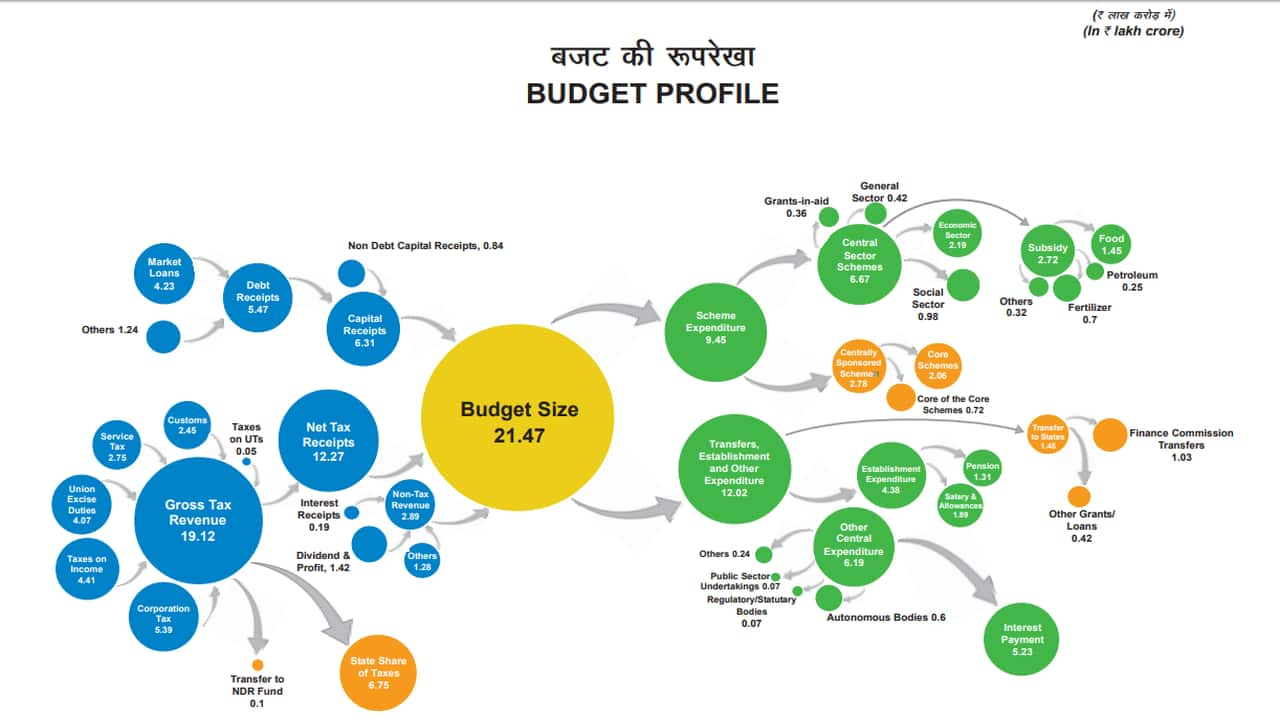



It’s been four years since the current NDA government came to power after registering a landslide victory in the 2014 general elections.
The government has since launched several schemes for the welfare of people and has been lauded for many of them.
Government schemes are broadly divided into two categories -- Central Sector Schemes and Centrally Sponsored Schemes. However, few can tell the difference between these categories.
Here’s what the two classifications mean.
Central Sector Schemes
Central Sector Schemes are the schemes that are entirely and directly funded and executed by the central government. The schemes are formulated by the Centre, based on subjects from the Union List.
Some examples of Central Sector Schemes include Bharatnet, Namami Gange-National Ganga Plan, LPG connection to poor households, Crop Insurance Scheme, recapitalisation of public sector banks, family welfare achemes, labour welfare schemes, National Means cum Merit Scholarship Scheme, National Scheme for Incentive to Girl Child for Secondary Education, interest subsidy for short term credit to farmers, MRTS and metro projects, Pradhan Mantri Mudra Yojana and other credit guarantee funds, etc.
Centrally Sponsored Schemes or CSS
Centrally Sponsored Schemes on the other hand are schemes that are implemented by state governments. However, the cost of these schemes is borne on a shared basis in the ratio of 50:50, 70:30, 75:25 or 90:10. Under the cost ratio, the larger portion is always borne by the Centre.
Traditionally, CSS is a system under which the centre assists the state government financially to get schemes implemented. Schemes under CSS are formulated on the areas covered under the State List.
CSS is divided into three parts: core of the core, core and optional. These are divided on the basis of financial involvement of the states. For example, the MGNREGA scheme, which comes under core of the core group, will see the state pooling in 25 percent of funds, whereas the rest is taken care of by the Centre.
Similarly, schemes under the core group will see a higher share of state involvement of up to 40 percent, whereas in optional schemes, states will fund up to 50 percent. However, financially backward states need to bear only 20 percent of the financial burden.
Some prominent schemes under CSS include Mahatma Gandhi National Rural Employment Guarantee Programme, Green Revolution, Pradhan Mantri Gram Sadak Yojna, Pradhan Mantri Awas Yojna, Swachh Bharat Mission, National Health Mission, National Programme of Mid Day Meal in Schools, among others.

Discover the latest Business News, Sensex, and Nifty updates. Obtain Personal Finance insights, tax queries, and expert opinions on Moneycontrol or download the Moneycontrol App to stay updated!
Find the best of Al News in one place, specially curated for you every weekend.
Stay on top of the latest tech trends and biggest startup news.